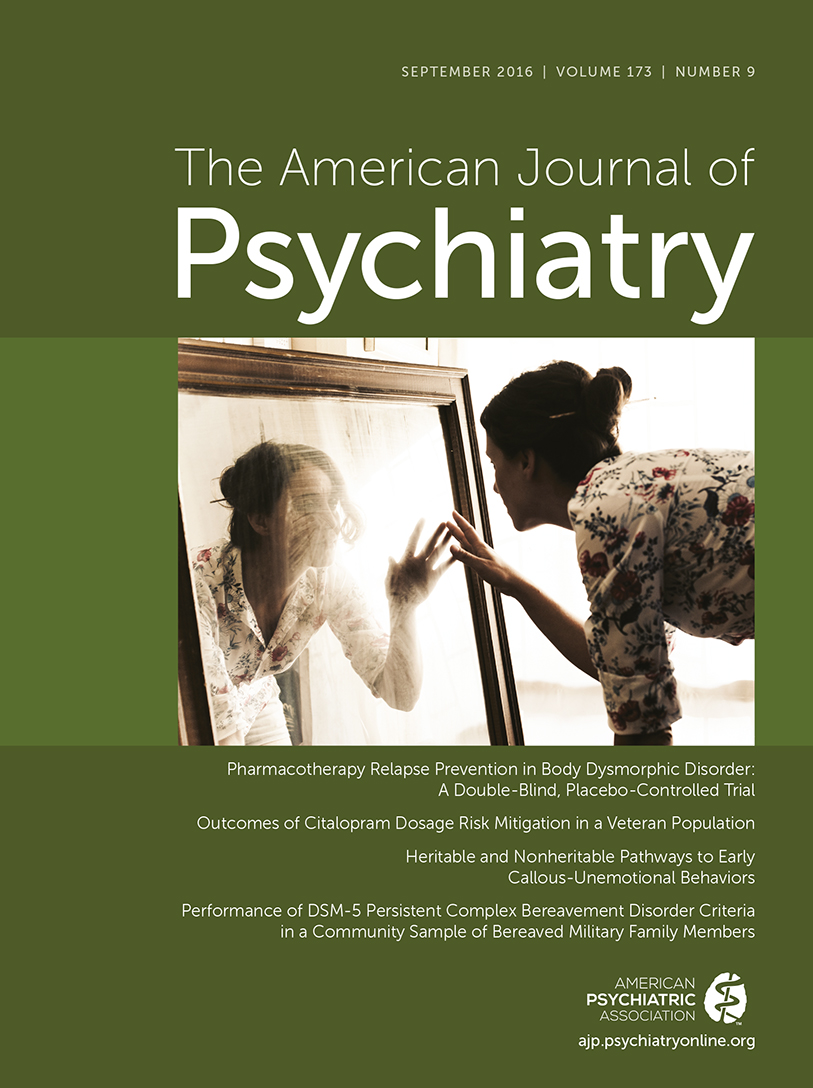Association of Resting Metabolism in the Fear Neural Network With Extinction Recall Activations and Clinical Measures in Trauma-Exposed Individuals
Abstract
Objective:
Exposure-based therapy, an effective treatment for posttraumatic stress disorder (PTSD), relies on extinction learning principles. In PTSD patients, dysfunctional patterns in the neural circuitry underlying fear extinction have been observed using resting-state or functional activation measures. It remains undetermined whether resting activity predicts activations during extinction recall or PTSD symptom severity. Moreover, it remains unclear whether trauma exposure per se affects resting activity in this circuitry. The authors employed a multimodal approach to examine the relationships among resting metabolism, clinical symptoms, and activations during extinction recall.
Method:
Three cohorts were recruited: PTSD patients (N=24), trauma-exposed individuals with no PTSD (TENP) (N=20), and trauma-unexposed healthy comparison subjects (N=21). Participants underwent a resting positron emission tomography scan 4 days before a functional MRI fear conditioning and extinction paradigm.
Results:
Amygdala resting metabolism negatively correlated with clinical functioning (as measured by the Global Assessment of Functioning Scale) in the TENP group, and hippocampal resting metabolism negatively correlated with clinical functioning in the PTSD group. In the PTSD group, dorsal anterior cingulate cortex (dACC) resting metabolism positively correlated with PTSD symptom severity, and it predicted increased dACC activations but decreased hippocampal and ventromedial prefrontal cortex activations during extinction recall. The TENP group had lower amygdala resting metabolism compared with the PTSD and healthy comparison groups, and it exhibited lower hippocampus resting metabolism relative to the healthy comparison group.
Conclusions:
Resting metabolism in the fear circuitry correlated with functioning, PTSD symptoms, and extinction recall activations, further supporting the relevance of this network to the pathophysiology of PTSD. The study findings also highlight the fact that chronic dysfunction in the amygdala and hippocampus is demonstrable in PTSD and other trauma-exposed individuals, even without exposure to an evocative stimulus.



